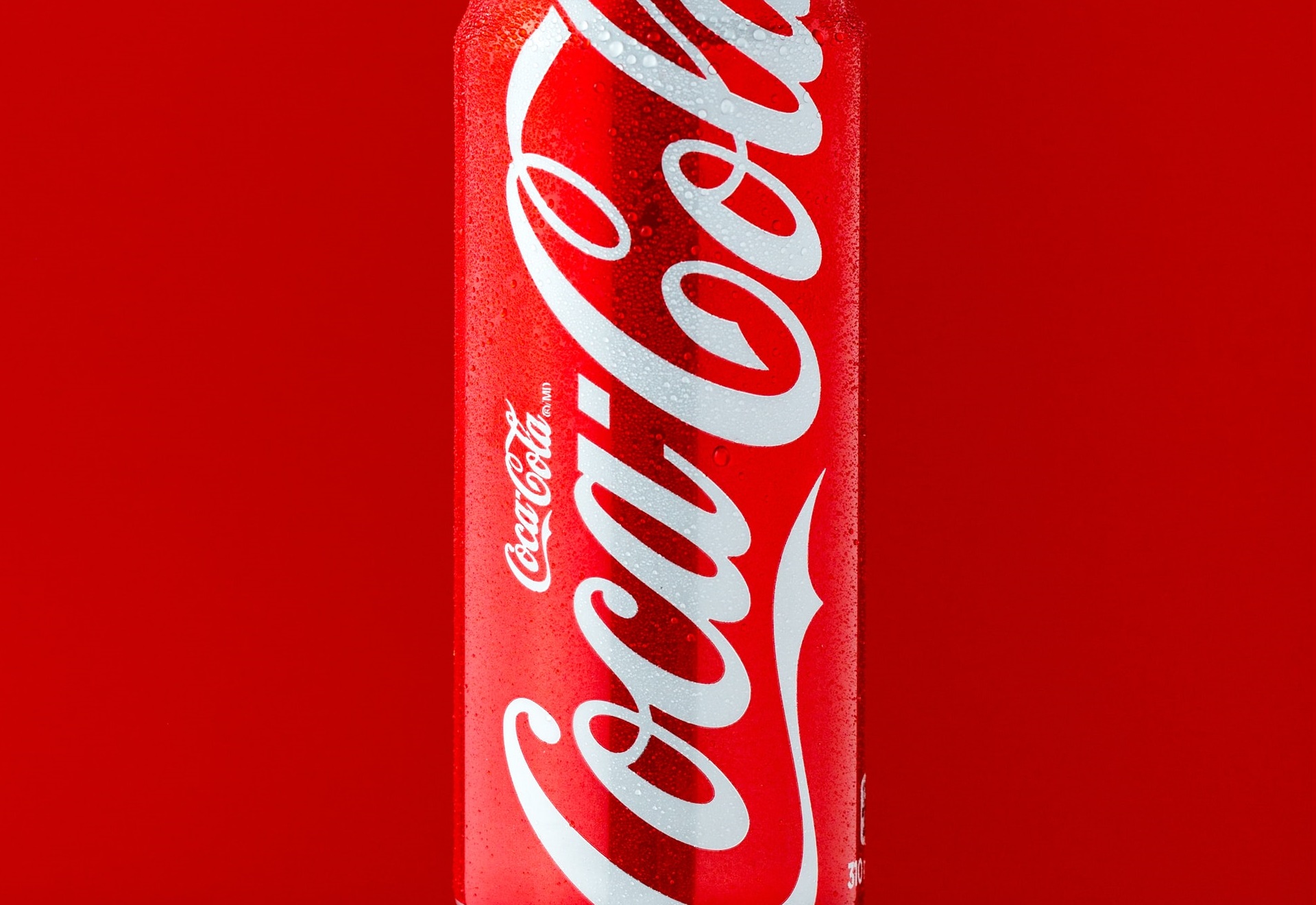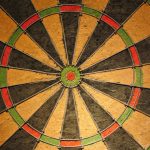
Session Even if you are one of the biggest and most recognisable brands in the world, it never pays to stand still.
Coca-Cola is a particular case in point. For years, the soft drinks behemoth regularly topped the charts as the world’s most valuable brand. Yet in 2013, according to Interbrand’s rankings, Apple took Coca-Cola’s crown, ending its 13-year unbroken stay at the top and moving it down to third, behind Google. As of 2019, Apple and Google remain one and two, with Coca-Cola in fifth position, behind Amazon and Microsoft.
This can be seen, on the one hand, as a sign of the times. Tech brands are simply superior today. According to the 2020 BrandZ Top 100 Most Valuable Global Brands ranking, in June – which placed Amazon at the top ahead of Apple – creativity is a key trait for the world’s biggest brands.
“Companies like Amazon, Apple and Google – the tech giants that keep on innovating – successfully combine to continue being relevant to consumers’ lives and making it easier for them to choose a brand,” said Doreen Wang, global head of BrandZ at the time.
The Coca-Cola brand is near-ubiquitous: according to Interbrand, its commitment, authenticity and presence are what makes it stand out. Yet plenty continues to be done to refine and enhance its image, both through technology and internal reorganisation.
As reported by Marketing Week last month, the Coca-Cola Company is looking to cut a number of its ‘zombie brands’ and streamline its innovation pipeline. This is partly down to the effects of the Covid-19 pandemic. Of its 400 or so master brands, around half are country brands with minimal scale, which comprise only 2% of total revenue. “We need to do a better job of nurturing and growing smaller and more enduring propositions and exiting zombie brands, not just zombie SKUs,” CEO James Quincey told investors.
On the tech side, a number of innovations exist, whether it is adopting blockchain technologies as part of Coca-Cola’s bottling process, or through artificial intelligence. As Bernard Marr wrote in his 2019 book ‘Artificial Intelligence in Practice: How 50 Successful Companies Used AI and Machine Learning to Solve Problems’, the company is using algorithms in its vending machines, as well as on social media to understand sentiment.
The company “uses image recognition technology to target users who share pictures on social media inferring that they could be potential customers,” Marr wrote, as reported by sister publication AI News. “In one example of this strategy in action, Coca-Cola targeted adverts for its Gold Peak brand of iced tea at those who posted images that suggested they enjoy iced tea, or in which the image recognition algorithms spotted logos of competing brands.
“Once the algorithms determined that specific individuals were likely to be fans of iced tea, and active social media users who shared images with their friends, the company knows that targeting these users with adverts is likely to be an efficient use of their advertising revenue.”
Another good example of where Coca-Cola is innovating in AI is through its work with NetBase. Pamela Mittoo, manager of the Coca-Cola North America technical consumer research team, explained how using NetBase Quid – a next-generation AI product combining two companies which merged at the start of this year – helped develop consumer behaviour models.
“Coca-Cola is a marketing company and R&D is the wind beneath marketing’s wings. We give marketing something to talk about,” said Mittoo. “Having the ability to bake the voice of the consumer into what I call ‘nerdville’ is really critical in being able to articulate the consumer behaviour; brand agnostic, category agnostic, where really understanding the behaviour will allow us to do multiple things.”
Given the pervasiveness of technology that marketers use to extract greater insights, many of the world’s leading brands can see themselves as technology companies first and foremost. As Microsoft CEO Satya Nadella put it, his goal is to ‘turn everybody else into a tech company.’ Some big brands look to acquire martech: McDonald’s buying personalisation provider Dynamic Yield, and Nike buying analytics firm Celect in 2019, make sense where once they would have raised eyebrows.
Others, like Coca-Cola, are partnering with innovative companies for success. At DMWF Virtual on 16-17 September, Mittoo, alongside Mike Baglietto, global head of product marketing at NetBase, will go deeper into how Coca-Cola is using AI-powered analytics to ‘listen’ to its consumers. How does such a major brand tap into consumer conversations around the globe to understand behaviours and motivations, as well as identify innovation opportunities?
Attendees will get the chance to learn how to identify segments, visualise themes, and understand sentiment and behaviour, as well as uncover the drivers and trends that matter most to their market.
Find out more about the session here.

Interested in hearing leading global brands discuss subjects like this in person?
Find out more about Digital Marketing World Forum (#DMWF) Europe, London, North America, and Singapore.





